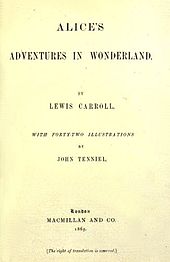

Below is a list of books about Oxford or written in Oxford, Oxfordshire, England. The city of Oxford has generated and inspired much literature. Many authors have lived in Oxford, especially associated with the University. It has also been a setting used in many books.
